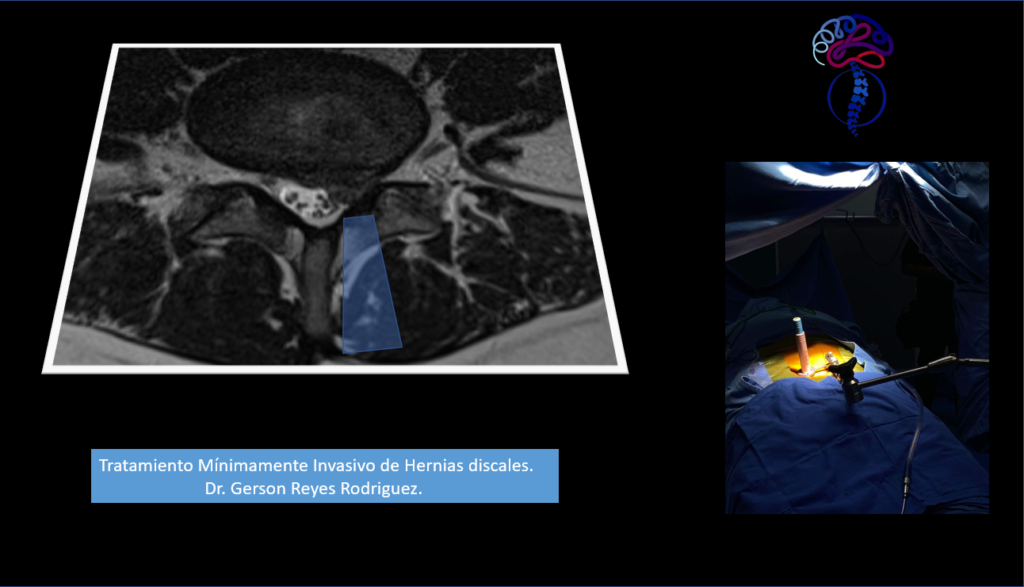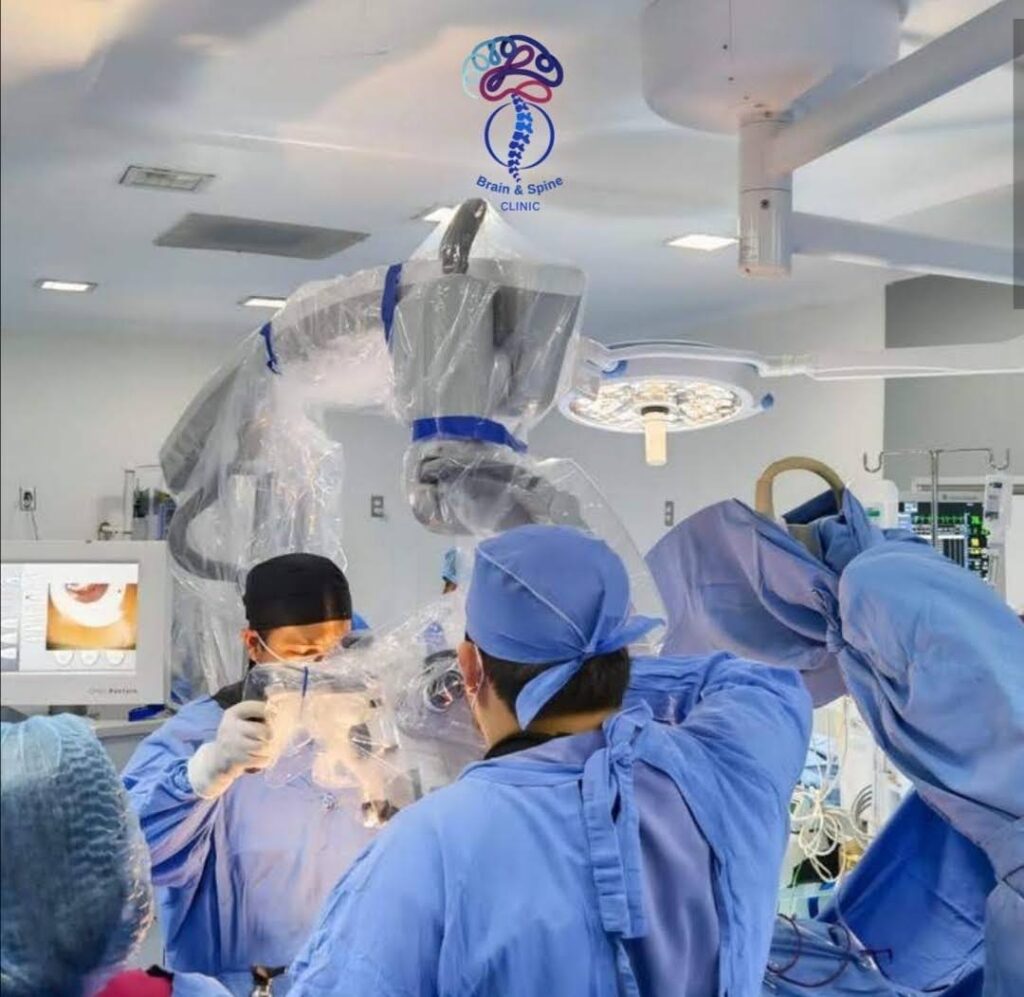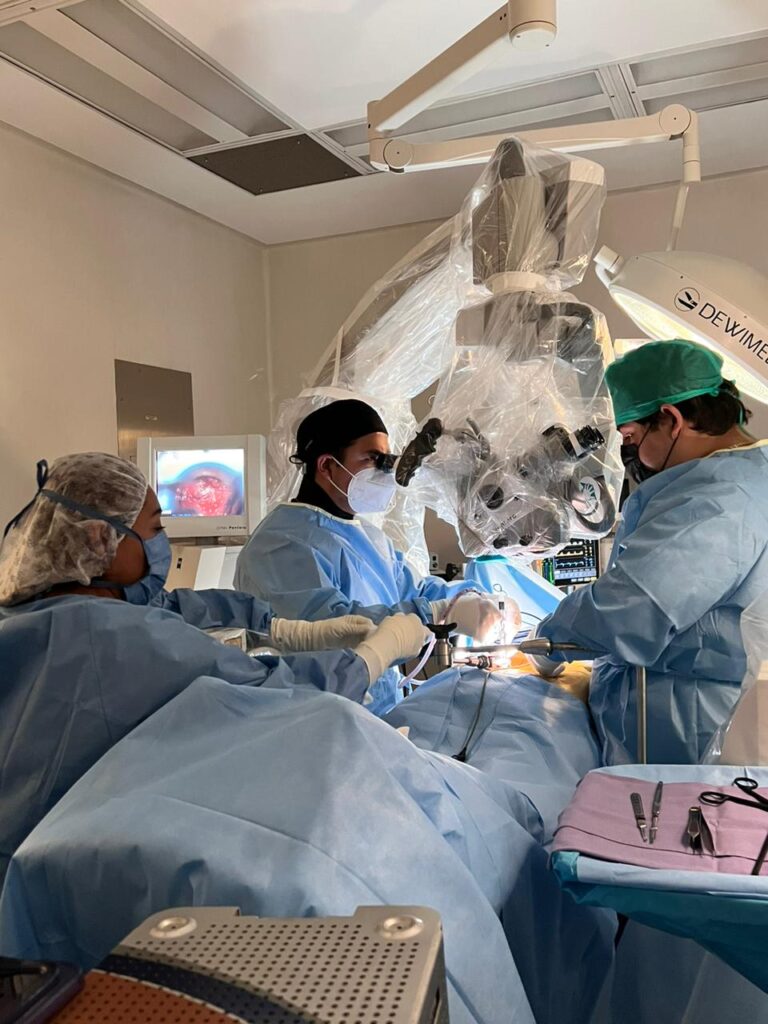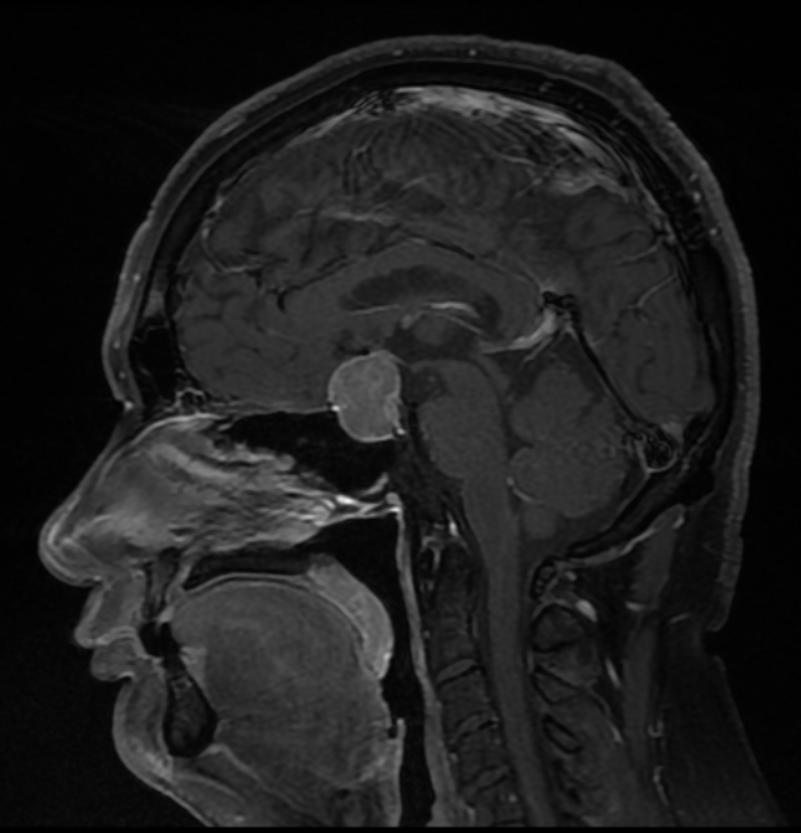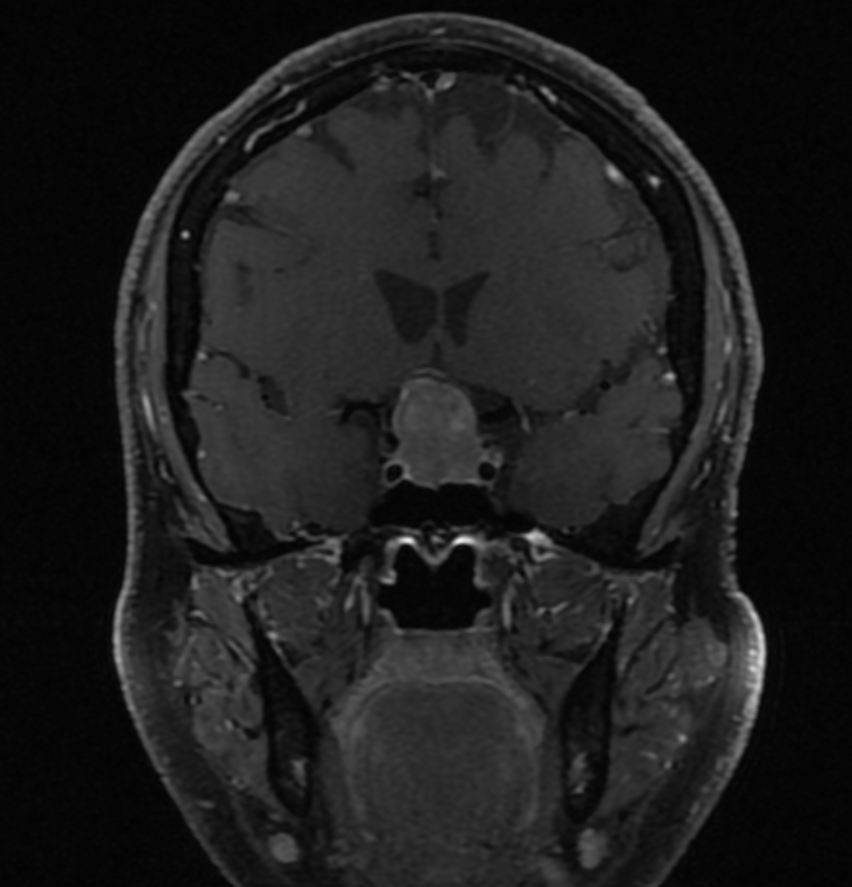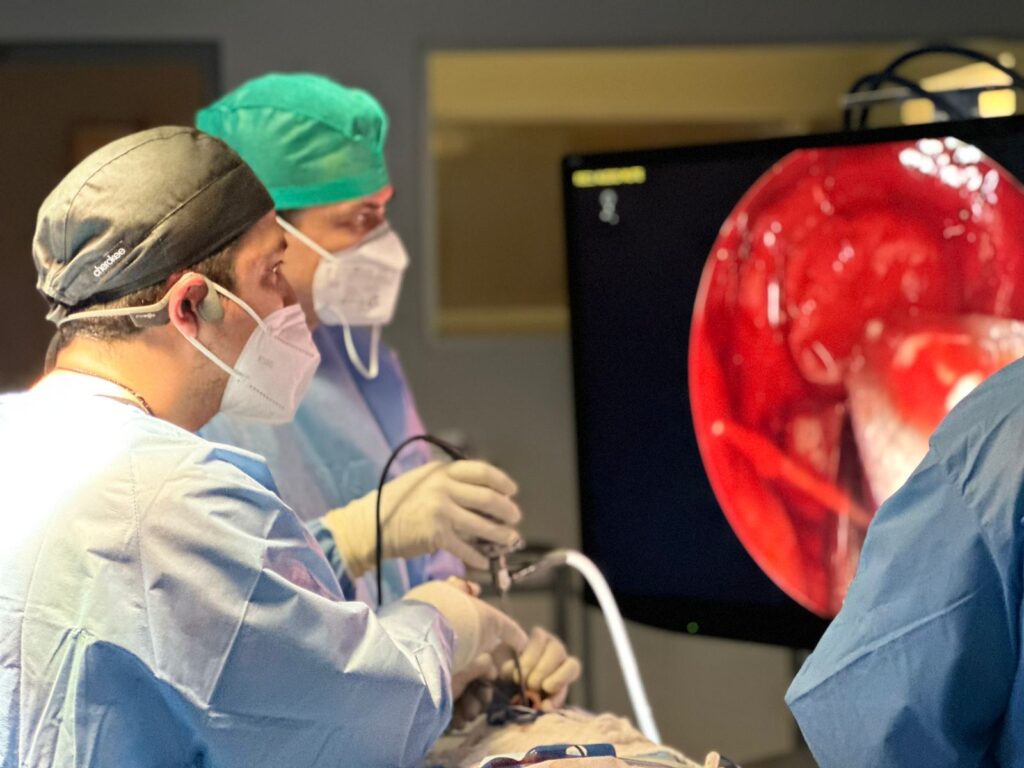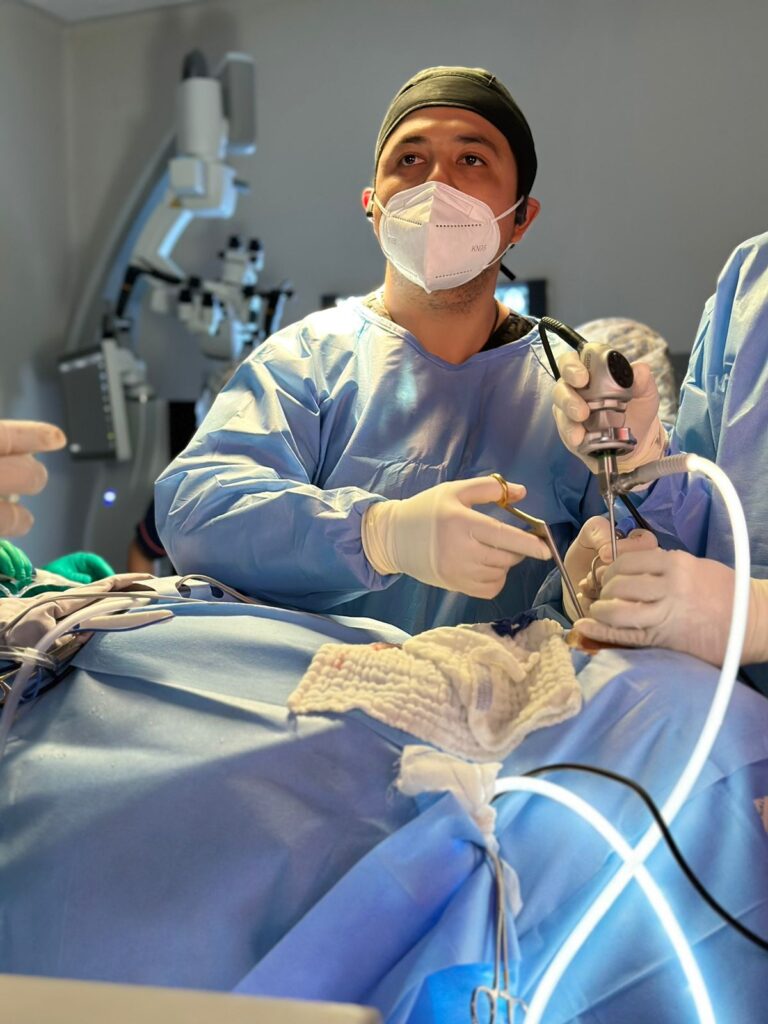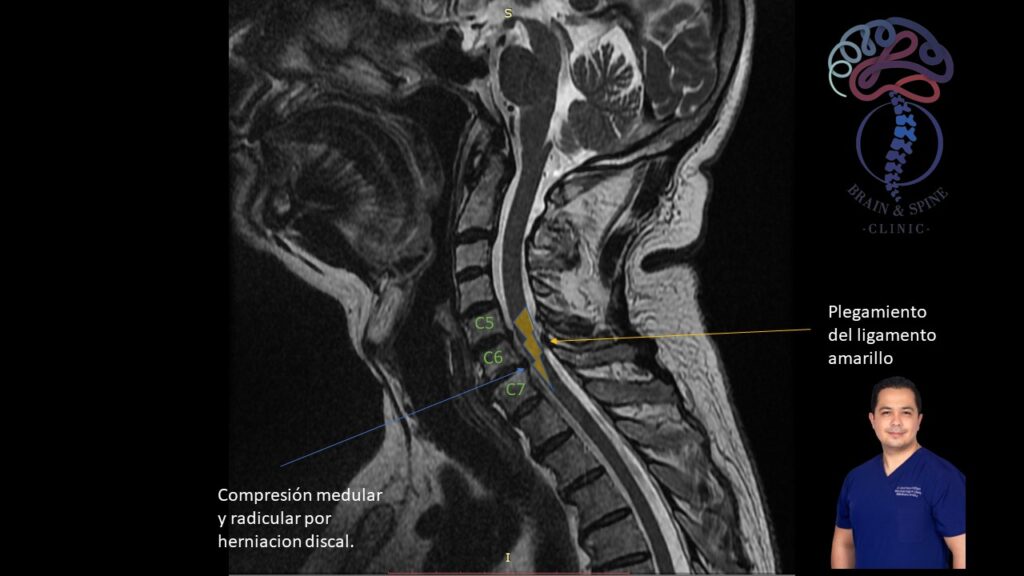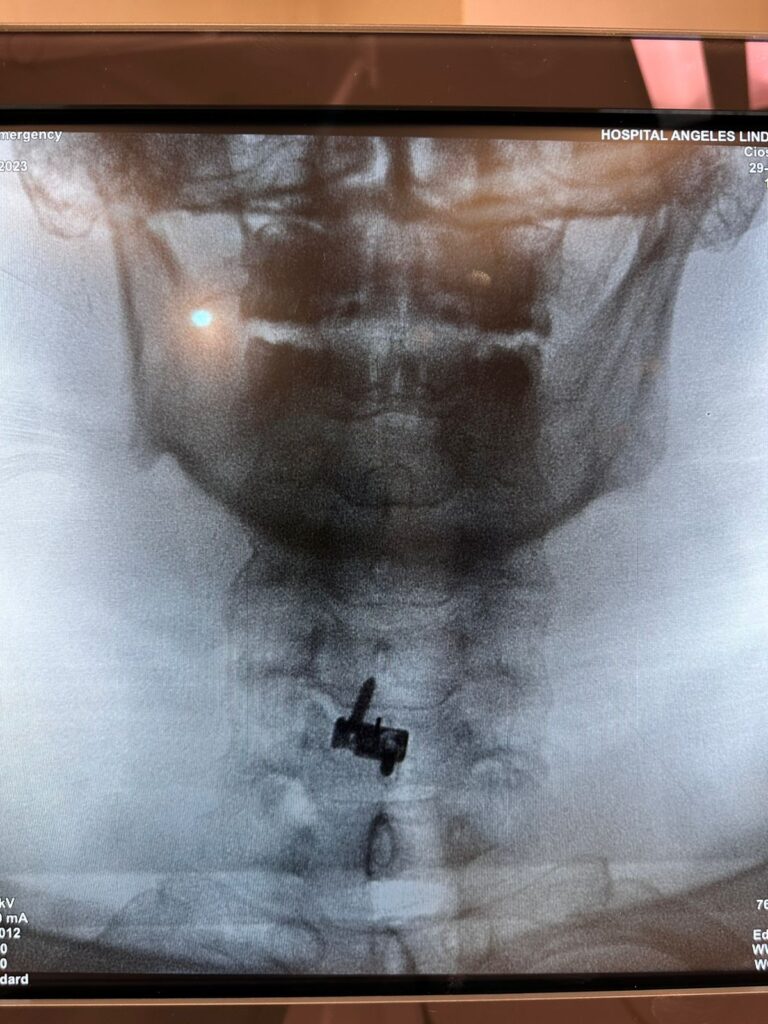Exploring the Causes and Symptoms of a Herniated Disc: Everything You Need to Know
Lumbar disc herniation is a condition in which the disc’s inner contents (nucleus pulposus) slip out of their normal position, potentially compressing nearby nerves and nerve roots. Discs act as cushions between the vertebrae of the spine, aiding in shock absorption. Over time, due to use and aging, discs can wear down and herniate. Symptoms of lumbar disc herniation may include lower back pain, leg weakness, numbness or tingling in the legs or feet, and difficulty walking or maintaining balance. The pain can be acute or chronic and may worsen with trunk flexion or rotation. Diagnosis of lumbar disc herniation is based on a detailed medical history and physical examination. Magnetic Resonance Imaging (MRI) is the preferred imaging study for diagnosing lumbar disc herniation, providing detailed images of the body’s interior. Most cases can be managed non-surgically, employing rest, exercise, physiotherapy, and analgesics. If these treatments don’t alleviate symptoms, surgical interventions like discectomy, involving the removal of herniated material, might be necessary. Lumbar disc herniation is a painful condition that can lead to leg weakness and numbness. Non-surgical measures like rest and exercise are often effective, but surgery may be required in some cases.
"Endoscopic Endonasal Approach: An Effective Alternative in the Treatment of Pituitary Adenomas"
In this article, I will discuss pituitary adenomas and their treatment using the endoscopic endonasal approach.
Firstly, it’s important to understand what pituitary adenomas are. These are benign tumors that develop in the pituitary gland, located at the base of the brain. Most pituitary adenomas are small and do not cause symptoms, but in some cases, they can grow large enough to press on other parts of the brain, leading to problems.
Regarding treatment, the endoscopic endonasal approach has become a popular and effective option for removing pituitary adenomas. This procedure involves using an endoscope, a thin and flexible tube with a camera and light at the end, to reach the pituitary gland through the nasal passages. This avoids the need for open surgery on the skull, which can have a longer recovery time and higher risks.
During the endoscopic endonasal procedure, the surgeon can use specialized tools to remove the tumor from the pituitary gland while monitoring its progress in real-time on a video screen. Most patients can go home the next day, and the recovery time is generally shorter compared to open surgery.
In summary, the endoscopic endonasal approach is an effective and safe option for treating pituitary adenomas. If you experience any symptoms related to the pituitary gland, it’s important to consult an expert neurosurgeon to determine the best treatment option for your case.
"Everything You Need to Know About Spondylosis"
Spondylosis is a medical term referring to a condition in the spine caused by the wear and degeneration of intervertebral discs and vertebrae. It’s also known as spinal osteoarthritis or disc degeneration.
Spondylosis is a common age-related condition and can affect any part of the spine, but it’s more prevalent in the cervical (neck) and lumbar (lower back) regions. Symptoms may include pain, stiffness, muscle weakness, tingling, or numbness in the arms or legs, depending on which part of the spine is affected. Treatment may involve physiotherapy, pain and inflammation medications, and in severe cases, surgery.
Cervical Pain and Cervical Hernias: How Surgery Can Improve Your Quality of Life
Introduction:
Cervical pain is a common condition that can affect individuals of all ages and backgrounds. It can be caused by a variety of factors, including injuries, degenerative diseases, incorrect postures, and stress. In some cases, cervical pain can be associated with cervical hernias, a condition where intervertebral disc material shifts into the spinal canal. If you’re suffering from cervical pain and/or cervical hernias, it’s important to consider all available treatment options. In this article, we’ll discuss how surgery can be an effective solution for these conditions.
What is Cervical Pain and What Causes it?
Cervical pain is a type of neck pain that can be acute or chronic. Common causes include traumatic injuries such as sprains or strains, and degenerative diseases like osteoarthritis and degenerative disc disease. Cervical pain can also result from poor posture or emotional stress.
What Are Cervical Hernias and How Are They Related to Cervical Pain?
Cervical hernias occur when intervertebral disc material shifts into the spinal canal. This can cause cervical pain, numbness, muscle weakness, and other symptoms. Cervical hernias are more common in individuals over 50 years old and can be caused by various factors, including disc degeneration, cervical disc herniation, trauma, and degenerative disc disease.
How Are Cervical Pain and Cervical Hernias Diagnosed?
Diagnosis of cervical pain and cervical hernias involves a physical examination and a series of diagnostic tests such as X-rays, CT scans, MRIs, and electromyograms. These tests can help doctors determine the underlying cause of cervical pain and cervical hernias.
How Are Cervical Pain and Cervical Hernias Treated?
Treatment for cervical pain and cervical hernias depends on the underlying cause and the severity of symptoms. In some cases, physical therapy, pain medications, and lifestyle changes such as stretching exercises and improving posture can treat cervical pain and cervical hernias. However, in some cases, surgery may be necessary to treat cervical pain and cervical hernias.
How Can Surgery Help Treat Cervical Pain and Cervical Hernias?
Surgery can be an effective option to treat cervical pain and cervical hernias that haven’t improved with other treatments. Common surgical procedures include cervical discectomy and cervical fusion. During a cervical discectomy, part or all of the intervertebral disc causing the hernia is removed. In a cervical fusion, two or more vertebrae are fused together to create a more stable spine.
Surgery for cervical pain and cervical hernias has a high success rate and can provide significant pain and disability relief. It’s important to work with an experienced and highly skilled neurosurgeon to ensure the best possible outcomes.
